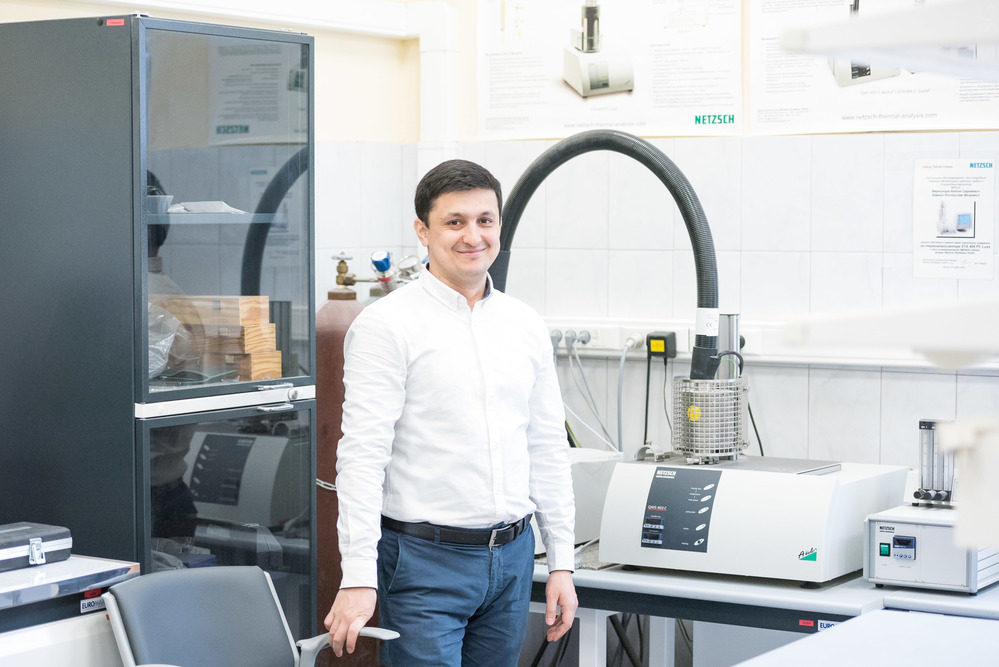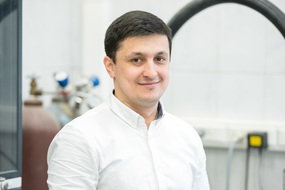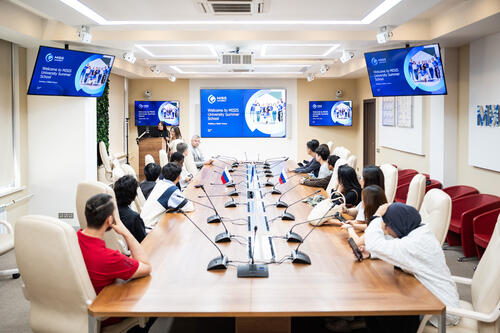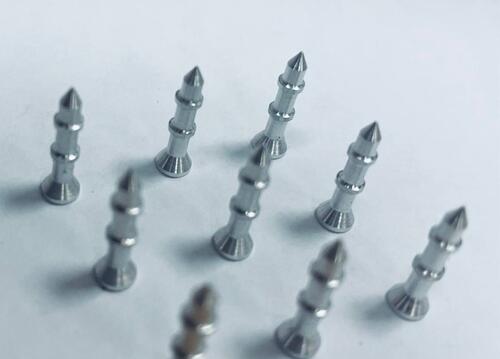The new technology of processing gold-copper ores has been developed by NUST MISIS scientists together with their colleagues from the Chinese Zijin Mining Group. It replaces the traditional and most widespread technology in Russia of using direct cyanidation for extracting gold from oxidized copper ores.
The main problem of the traditional technology is the long process — about
The cost of one ounce of gold obtained by using direct cyanidation from similar ores could reach $800, which is economically not viable since an ounce of gold on the stock exchange is worth $1200. When applying the technology developed by NUST MISIS scientists the cost of production is reduced by
The new process of gold extraction is based on the use of ammonia-cyanide leaching. In such a case gold is extracted four to eight times faster. In addition, this technology reduces the negative impact of copper on the degree of the target component, so the separation of metal compounds is more efficient in comparison to the traditional technology.
“The technology based on the process of ammonium cyanide is still being developed, so the possibility to introduce our technology into gold production will be affected by [world market] prices for an ounce of gold. At today`s prices — $1200 per ounce — its application is cost efficient. If in a year the prices drops to $300, we will have to give up, and such ores won`t be involved in processing. Of course, there are even more efficient technologies available which would extract all the gold from ore, but they cost colossal amounts of money, so their introduction into production remains impractical even today. With our technology, we get
85-90% of the gold out, which is a standard and mostly viable figure”, commented Vadim Tarasov, Head of the Department of Nonferrous Metals and Gold at NUST MISIS, when speaking about the work.
Pilot testing of this method was carried out in the Tarror gold mine located in Tajikistan. The upper levels of the Tarror mine contain a significant amount of copper. Scientists tried to remove it with various technologies developed in research labs in Malaysia, the UK, and Australia, but all the methods tuned out to be economically inefficient. However the technology on the basis of ammonium cyanide proved up to the task.
Tests, conducted by NUST MISIS scientists, have shown the high profitability of this technology in the processing of samples in Bereznyakovskii and Tarrorski mines. Scientists were able to reduce the number of hours required to complete processing — from
“The technology for processing gold-copper ores, developed by NUST MISIS scientists, will give a tangible competitive advantage to the enterprises that introduced it. This is a classical example of how scientific study leads to changes in industry, once again confirming the university`s ability in the fields of materials science, mining and metallurgy”, said Mikhail Filonov, NUST MISIS Vice-Rector of Science and Innovations.
According to NUST MISIS scientists the new method can be used in every gold mine in Russia.
With the help of technology based on the process of ammonium cyanide carbonizing it is also possible to obtain gold from electronic scrap and computer equipment.




